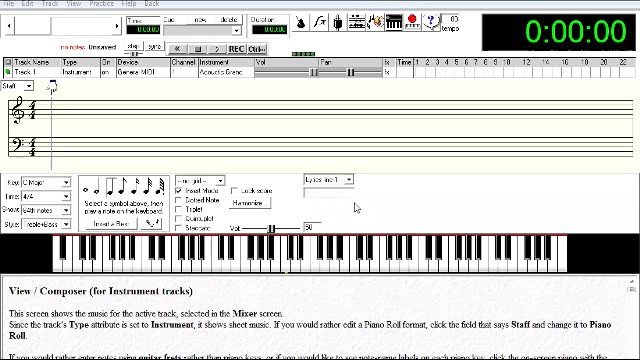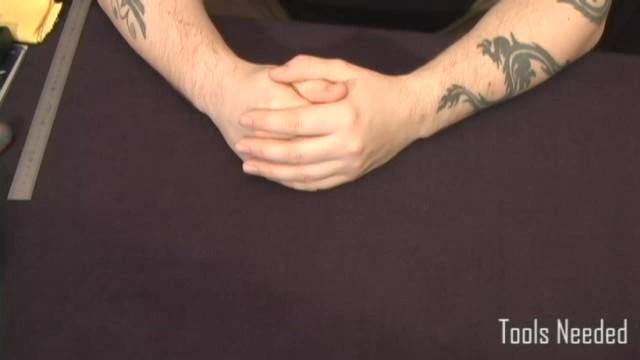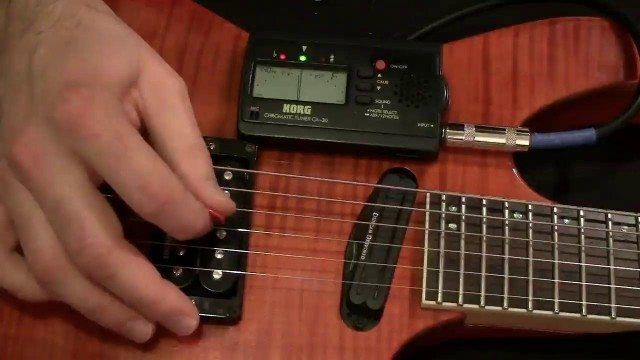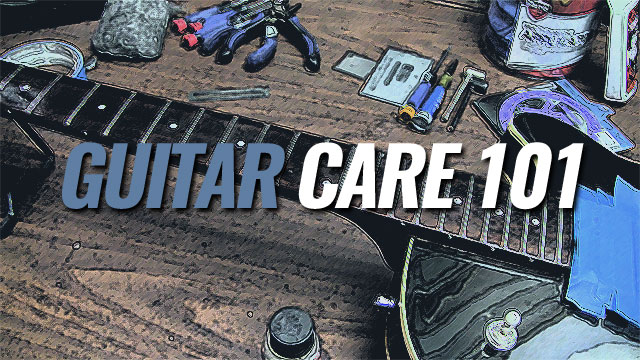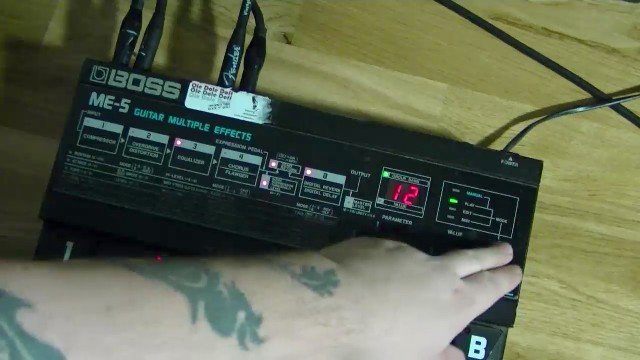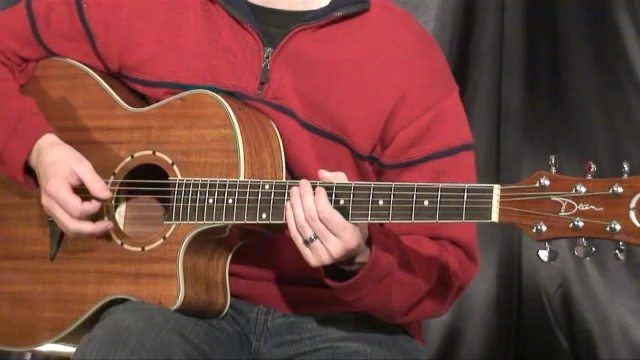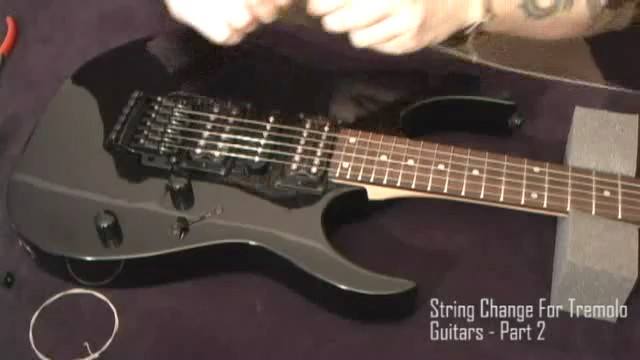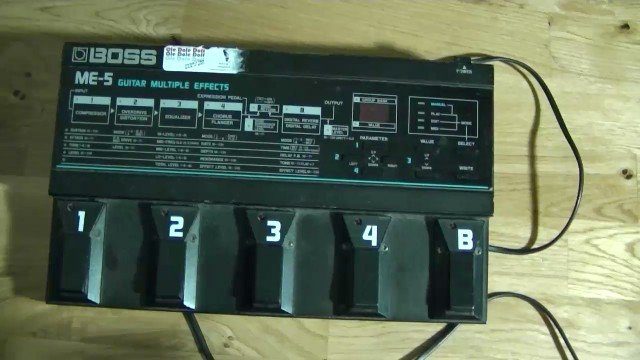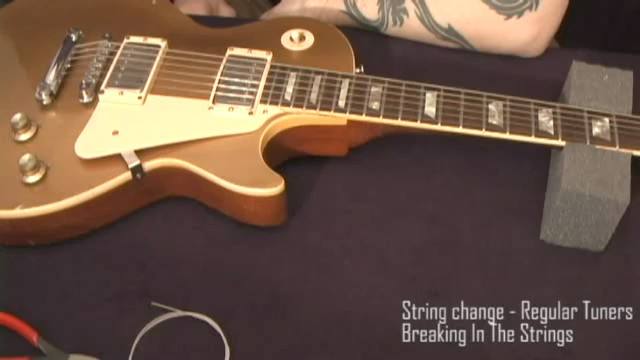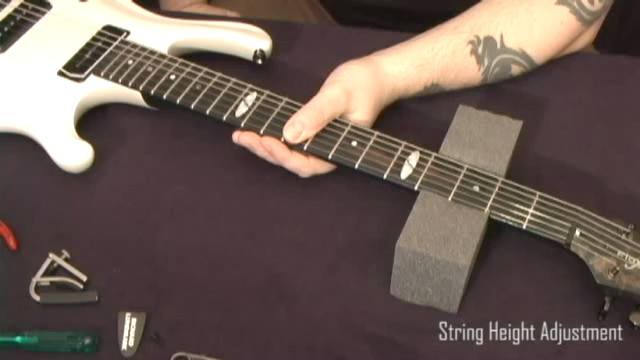So, the idea with the 4-cable method is to expand your amp. If you have ever used a single channel clean amp, or a dual-channel where you don’t like the gain channel, and only use the clean with pedals, you are of course aware that in this case you can get as many sounds as you like, depending on the number of pedals you use. Also, you could just plug a multi-effect floor unit into the clean channel and program everything there. This is the most common way of doing it.
However, if you are in the situation where you have a 1 or 2 channel amp, and let’s say one gain channel that you really love, THEN the 4-cable method can help you work with this channel as your base and build virtual “channels” around this.
First of all, we want to properly connect our amp and FX-unit. There are some prerequisites that need to be fulfilled in order for this to work. First off, both your FX-unit AND your amp need to have a serial effects loop. This is needed for the signal from your guitar to be properly routed through your system. Look at the chart below and the video for how to hook things up.

Now, as mentioned in the video, an alternative route to wrap things up is to go from the FX-output straight into a soundcard or mixer instead of back into the power amp section (Loop return) of the amp. This would ONLY work where you have an amp with a built-in load box, or where the amp automatically kills the signal to the power amp when only the Loop Send is utilized on the amp.
Then on to the reason as to WHY we want to hook things up this way…
When connected, what we are actually doing is placing the preamp section of your amp in the loop of the FX-unit enabling you to have the distortion channel of your amp always selected. Take a look at the flow chart below. You will see that we have Compressor, Distortion/OD, EQ and Chorus/Flanger (Modulating Effects) placed before the loop, thus being placed before the amp. This follows the same basic logic as you would have with a pedal-based setup, where the most common order of placing your effects are Compressor and Wah -> OD’s – EQ’s – Modulating Effects. This is all depending on the layout configuration of your particular FX-unit. Your flow chart might look different.

Also, note that the Reverb and Delay are being placed after the FX-loop, thus putting them after the preamp section of the amp. This would correspond to you having the delay and/or Reverb in the Loop of your amp (where they sound their best most of the time)
If your FX-unit allows you to virtually move these sections around, please experiment! I’ve chosen to use the BOSS ME-5 since it is super easy to use, and based on analogue circuitry, which I vastly prefer over many new digitally based FX-units.
What this gives us is the ability to use the Gain channel of the amp and activate selected effects before and after it, or simply turn the loop in the FX-unit off, routing our signal straight to the power amp for a clean sound (more on that in the Clean Channel part of this tutorial).
This system also enables you to save a large number of presets into your floor board, and by accessing them in just one stomp of your foot, you can turn your amp into a multi-channel, multi-effect Monster!
With that out of the way, let’s move on to actually experimenting with this and build ourselves a Rhythm, Lead and Clean Channel, expanding our Clean/Gain channel amp into a 3-channel beast complete with all effects needed!








